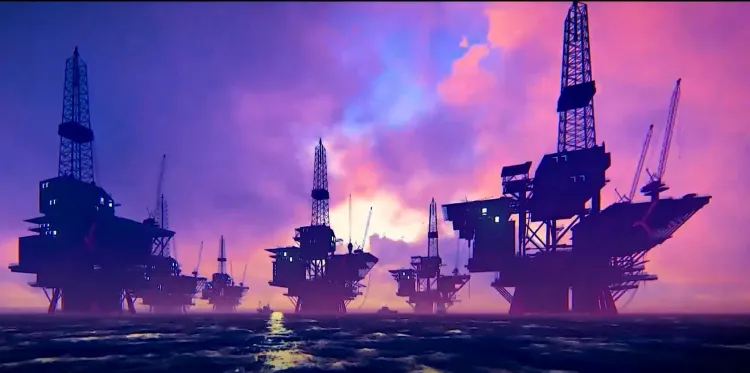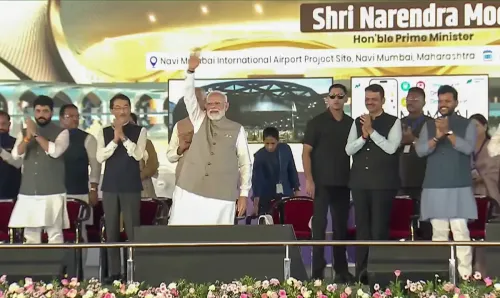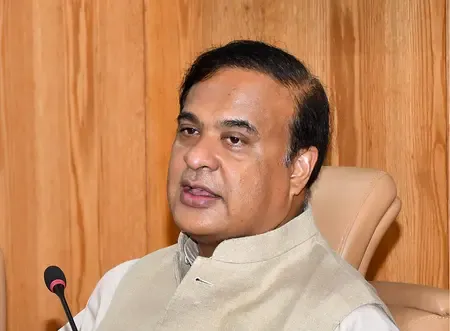What Are the Implications of 172 Hydrocarbon Discoveries in 10 Years Under Modi’s Leadership?

Synopsis
Key Takeaways
- 172 hydrocarbon discoveries made in a decade.
- 62 discoveries offshore highlight marine exploration.
- Opening of 'No-Go' zones indicates a shift in policy.
- Significant geological potential in the Andaman-Nicobar basin.
- Exploration efforts aim to enhance energy security.
New Delhi, Aug 3 (NationPress) Union Petroleum Minister Hardeep Singh Puri announced on Sunday that there have been 172 hydrocarbon discoveries over the past ten years, with 62 of these occurring offshore under the guidance of Prime Minister Narendra Modi.
In a post on the social media platform X, the minister underscored that exploration activities are now being extended into areas that were formerly classified as 'No-Go' zones—an advancement he attributes to PM Modi's courageous and transformative policy decisions.
“Under the leadership of PM @narendramodi ji, we have achieved 172 hydrocarbon discoveries in the last decade, including 62 in marine regions. We anticipate an increase in this number as we venture into previously unexplored territories, including those once deemed 'No Go' areas,” he remarked in a post written in Hindi.
“Modi ji's audacious move regarding these no-go zones is elevating exploration and production efforts,” Puri added.
Recently, the minister informed Parliament that India is experiencing a revival in oil and gas exploration, with nearly one million square kilometers of former 'No-Go' offshore zones opened in 2022.
In a written response to a query in the Rajya Sabha, he noted that this initiative has unveiled significant exploration opportunities, especially in deepwater and frontier locations, such as the Andaman-Nicobar (AN) offshore basin, contributing significantly to the current momentum in offshore activities.
The minister highlighted the geological importance of the AN Basin, which forms part of the Bengal-Arakan sedimentary system, situated at the convergence of the Andaman and Nicobar Basins.
The tectonic configuration at the junction of the Indian and Burmese plates has resulted in numerous stratigraphic traps conducive to hydrocarbon accumulation.
Additionally, the basin's proximity to established petroleum systems in North Sumatra and Myanmar enhances its geological potential.
Following significant gas discoveries in the South Andaman offshore Indonesia, the region has attracted renewed global interest, emphasizing the geological continuity, as per the minister.









